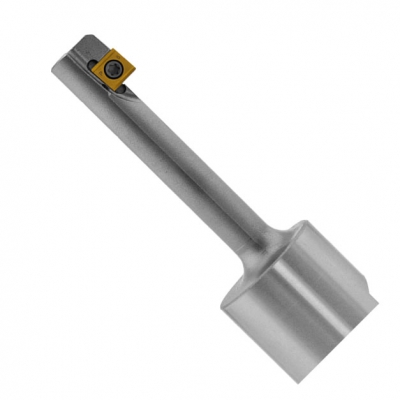
Steiner Technologies, Inc., a leading provider of back boring tools, continues to expand its portfolio with a new reverse machining product line. Offered in partnership with German manufacturer Hermann Bilz, the new “Bilz” line offers manufacturers a wide variety of standard reverse boring solutions that are available for immediate shipment from the U.S.
For companies in the manufacturing space, reverse boring solutions are varied and unique to each application, generally requiring custom solutions that take weeks to produce and ship. The availability of the Bilz line at Steiner addresses both concerns - the entire catalog is focused on standard components, all of which will be fully stocked from Steiner’s Upstate N.Y. plant.
The addition of the Bilz line also completes Steiner’s counterboring portfolio. “Whether your operation is large or small, manual or automatic, we now have a solution for you,” said Andy Nolan, president at Steiner Technologies. “While our Autofacer remains the heavy-hitter for high-volume applications, the Bilz line allows us to provide solutions for shorter production runs and less-demanding applications.”
Nolan added: “The variety of solutions Bilz offers, and again, our ability to ship immediately, allow us to offer our customers smart, time-saving choices that will greatly improve their operations. We couldn’t be more excited.”
Contact Details
Related Glossary Terms
- boring
boring
Enlarging a hole that already has been drilled or cored. Generally, it is an operation of truing the previously drilled hole with a single-point, lathe-type tool. Boring is essentially internal turning, in that usually a single-point cutting tool forms the internal shape. Some tools are available with two cutting edges to balance cutting forces.
- counterboring
counterboring
Enlarging one end of a drilled hole. The enlarged hole, which is concentric with the original hole, is flat on the bottom. Counterboring is used primarily to set bolt heads and nuts below the workpiece surface.






